SAMREC TRANSFERS PORT ELIZABETH FACILITY TO SANCCOB
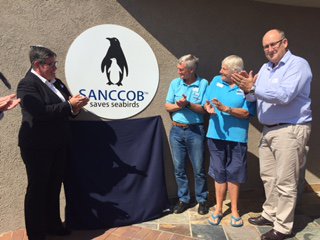
Executive Mayor of Nelson Mandela Bay, Athol Trollip joined by Mariette Hopley, Chairperson of SANCCOB; Dr Eckart Schumann, Chairman of SAMREC and Libby Sharwood, Founder of SAMREC at the official transfer ceremony.
The South African Marine Rehabilitation and Education Centre (SAMREC) has announced that, after ongoing discussions with the Southern African Foundation for the Conservation of Coastal Birds (SANCCOB), a new operating structure is to be introduced at its centre in Port Elizabeth. From 1 April 2017, the marine rehabilitation and education centre at Cape Recife will be under SANCCOB’s management and function as one of SANCCOB’s three seabird centres in South Africa.
The transfer of assets and all operations comes as a result of extensive discussions between SAMREC and SANCCOB and is seen as a progressive step towards putting long-term strategies in place for seabird conservation and environmental education in the region. SANCCOB, established in 1968, currently has two centres in South Africa, one in Table View (Western Cape) and the other in Cape St Francis (Eastern Cape).
The Eastern Cape is home to more than 53% of the wild African penguin population in South Africa, as well as numerous other seabirds such as Cape gannets. Bird and St Croix islands, managed by South African National Parks (SANParks), are particularly important for the survival of the African penguin species, which was reclassified from vulnerable to endangered in 2010 due to its rapid decline. Currently, only around 2% of the African penguin population remain in the wild when compared to their prevalence in the early 1900s.
The transfer of the SAMREC facility to SANCCOB will allow for more integrated seabird rescue and rehabilitation activities, better coordination during emergency response situations like oil spill disasters, and a more streamlined working relationship with local and national stakeholders like SANParks. SAMREC and SANCCOB also have an extensive environmental education mandate which will remain a key priority in both the Western and Eastern Cape. This education programme targets school children as well as adult visitors, making them aware of the environmental challenges people face and their place on the planet.
SANCCOB’s Executive Director, Dr Stephen van der Spuy, had high praise for the historic decision and said, “We thank the SAMREC board, management, dedicated staff and volunteers for the trust they have put in SANCCOB and to become the custodians of SAMREC’s vision for the Eastern Cape. I want to commend the SAMREC team for their years of commitment and vigilance to save southern Africa’s marine life. We are extremely humbled to be given this opportunity and excited to build on the foundations laid by the team.”
SAMREC was established as a non-profit organisation in 2000 and has since played a crucial role in rescuing and rehabilitating marine life, particularly African penguins, and engaging with local communities through environmental education programmes and events in the Eastern Cape.
Dr Eckart Schumann, Chairperson of SAMREC Board of Trustees, said, “This is a momentous decision for us, and it was certainly not taken lightly. SAMREC was established because of the perceived threat from increased shipping as a result of the construction of the new harbour at Coega, and a consequent requirement in the Record of Decision. This threat was seen to be particularly ominous for the African penguin, and indeed most of our work has subsequently been with penguins.”
“As such, we see the transfer of SAMREC to SANCCOB as a positive step for the survival of the penguins in our Bay, since it will mean a more efficient and effective organisation to look after their well-being.”
Schumann adds, “Furthermore, we have always recognised that environmental education of our youth is vitally important for our future, and we are happy to say that we have found the same commitment to education in SANCCOB. Again, we believe that a single organisation will be more efficient, and lead to a much wider outreach into rural areas. SAMREC has, over the years, become established as a feature of Port Elizabeth, and is recognised as one of the area’s major tourist attractions. We have staff and volunteers who have been with us for many years, and other friends and donors who regularly visit. To them we would like to say ‘Thank you’, and we hope that you will continue with your friendship – SAMREC is still there, it just has a different name.”
The SAMREC facility will henceforth fall under SANCCOB’s banner with its rehabilitation, education and research functions operating as usual.


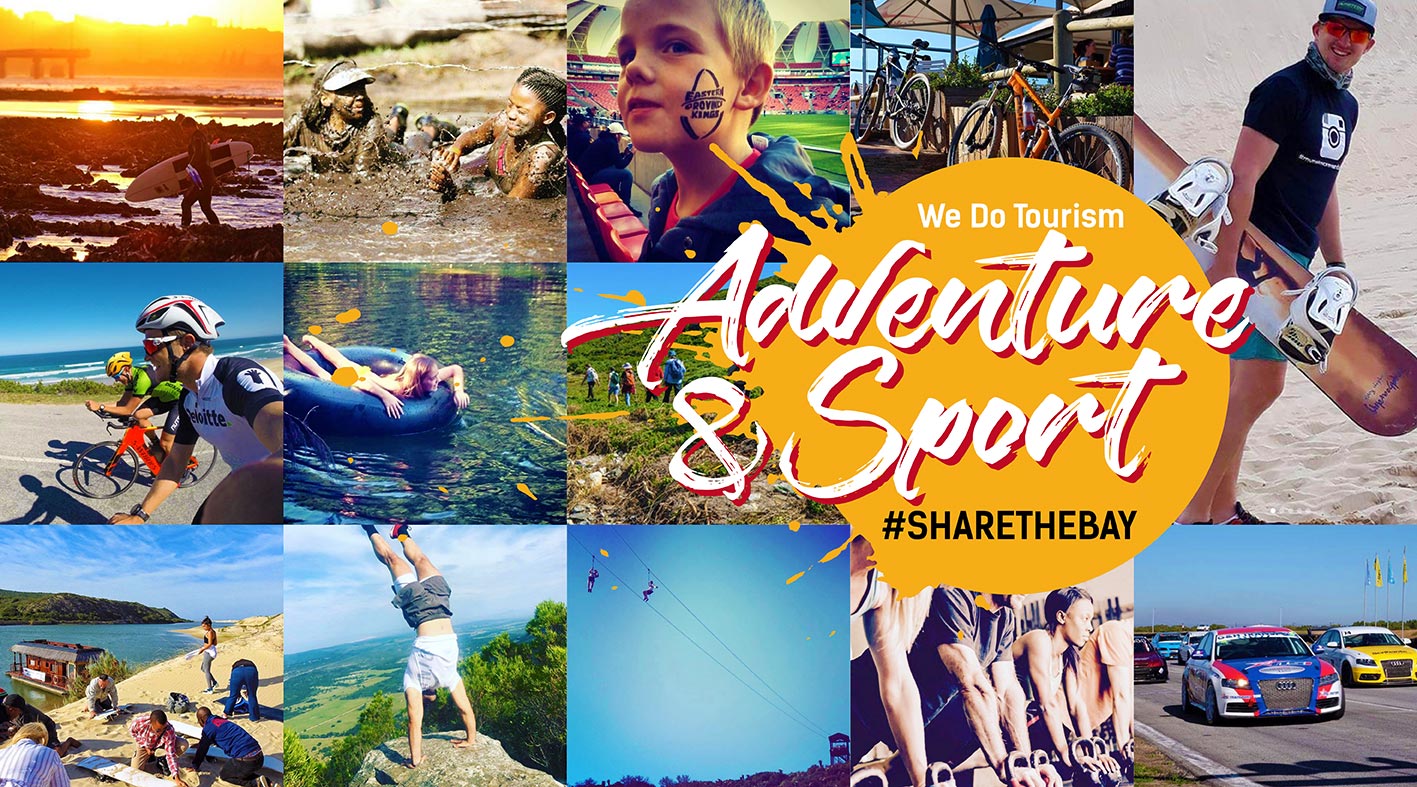

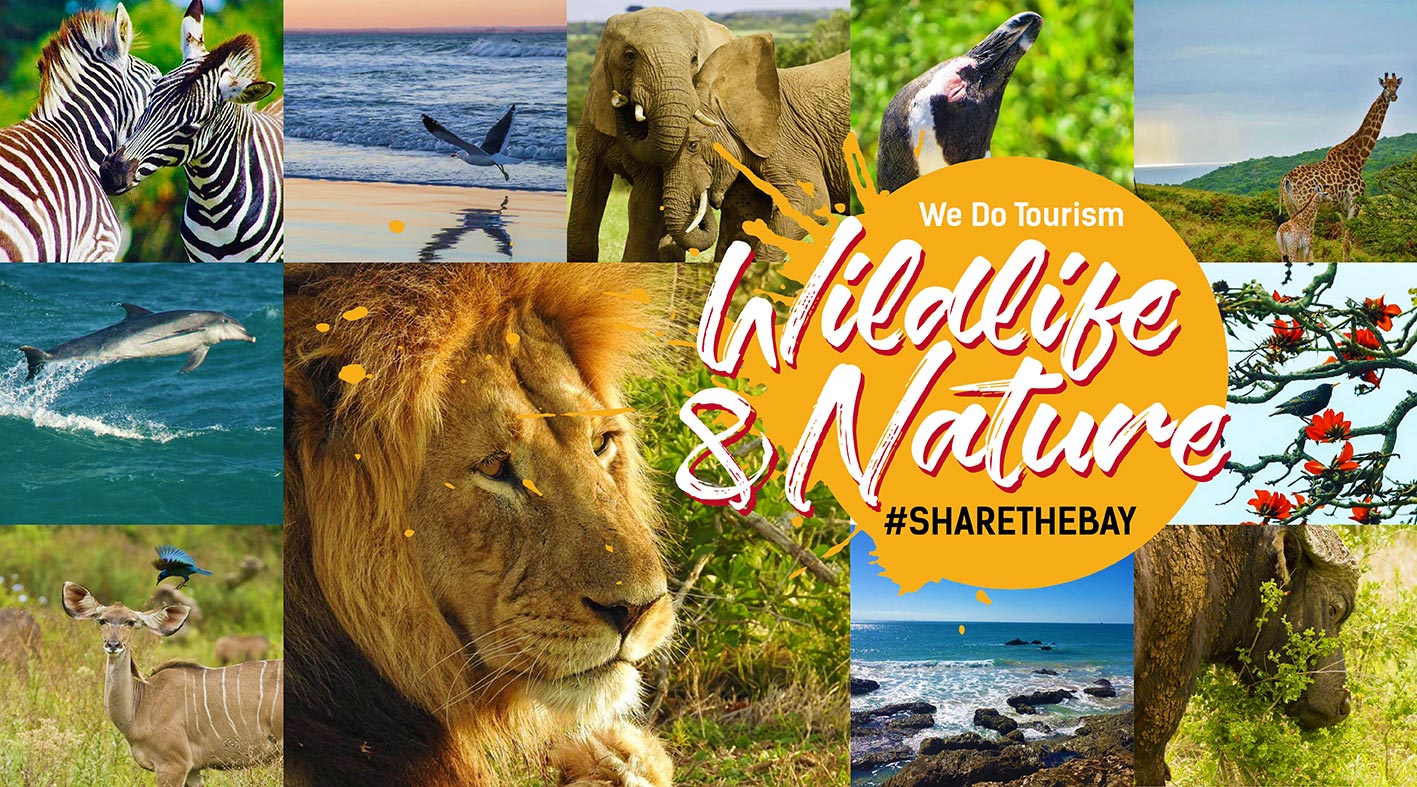




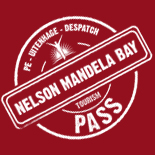
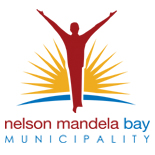
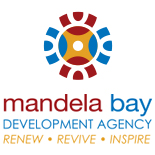









 Please wait!
Please wait!